When King Frederick II of Prussia wasn't busy expanding his kingdom, reforming his bureaucracy, promoting arts and the Enlightenment, he amused himself with the building of new palaces and their dependencies.
And since he was also interested in agriculture, when he built his Potsdam summer palace, Sanssouci, he included an extensive flower and vegetable garden.
And since, in the late 1700s, all things Chinese were in style, he also included a Chinese-styled teahouse to sit in the garden, half a mile or so away from the formal palace gardens.
The vegetable gardens are long-gone, but the teahouse remains, a seeming anomaly along the long paths that wind through the huge Sanssouci Park.
Small-scale a building though it is, it was not cheap, and the budget strains of Frederick's campaigns several times put it on hold, especially during the Seven Years' War. All told, it took nine years before it was finished in 1764.
Despite its garden location, it was only ever intended as a venue for small social events, and the interior was lavishly furnished with furniture and fittings that matched the taste for Chinoiserie, even if not very accurately in some cases. The building wasn't open during my visit, so I've relied on others for photos.
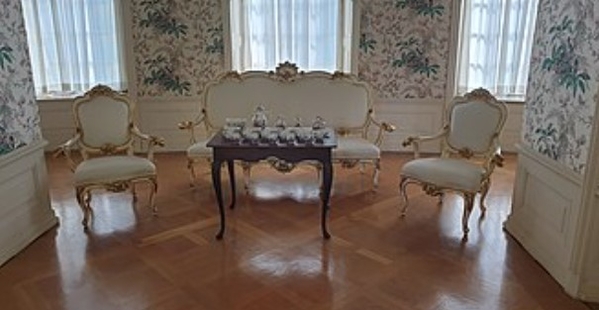
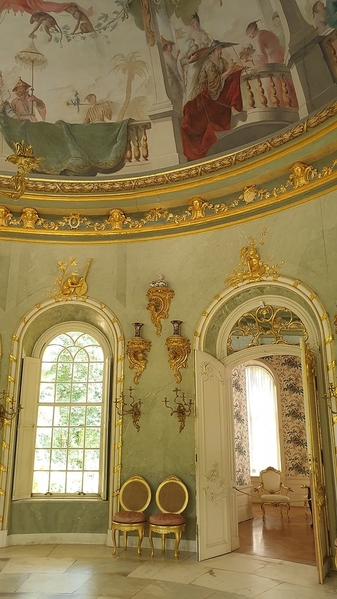
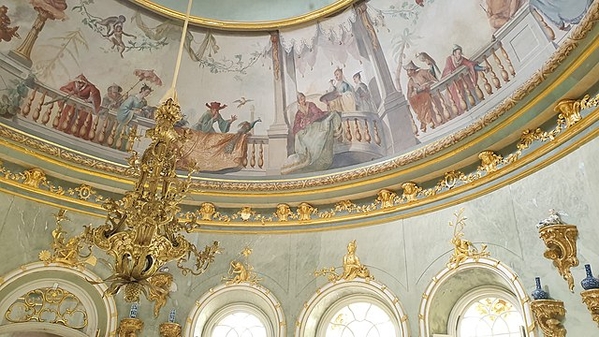 Photos above by Ralf Peter Reiman/Wikimedia
Photos above by Ralf Peter Reiman/Wikimedia
The oval windows in the cupola that can be seen from outside in the first image and below, from inside, added light to the interior, along with the large windows on the ground floor. Last, two details of the wall panels.
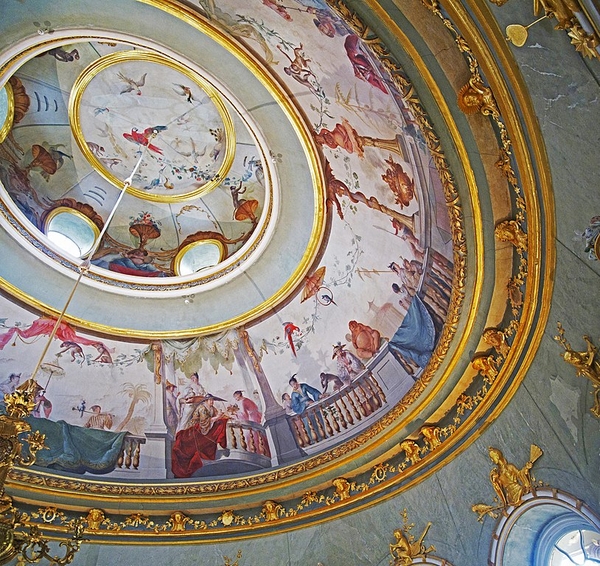 Ueberwald/Wikimedia
Ueberwald/Wikimedia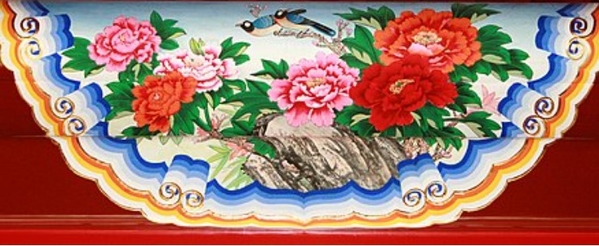
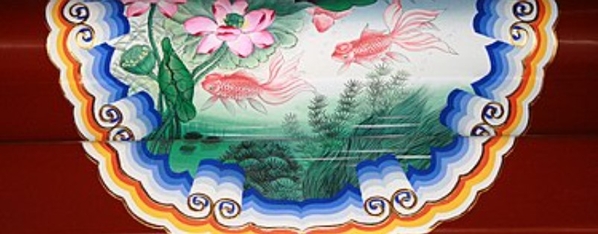 Lazienski/Wikimedia
Lazienski/Wikimedia
A legion of gold figures, many with musical instruments, make sure the party is always ready to start. Some are in formal poses, some (perhaps guests) are more casually seated near the entrance.
If you happened to look closely and notice that in general, the figures' faces don't look especially Chinese, it's because they were all modeled by Potsdam locals, many of them palace servants.
The clothing of the figures varies, too: Some seems to be copied from Chinese prints, while some seems more closely connected to classic draped Greek robes. As for the figure on the roof (no, not fiddler), he appears to be surrounded by every possible symbol and cliche that could be added in.
The teahouse is just one of many interesting structures on the former royal estate, including an older formal palace, the famous Sanssouci summer palace, an orangery and more, including two carefully-constructed sets of 'ancient' ruins. The park is nearly 750 acres, and its main axis runs more than a mile and a half, so if you're planning a visit, plan at least a full half day!

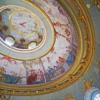
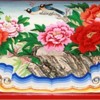
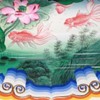
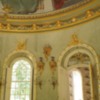
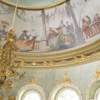
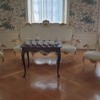
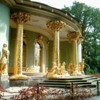
Comments (0)